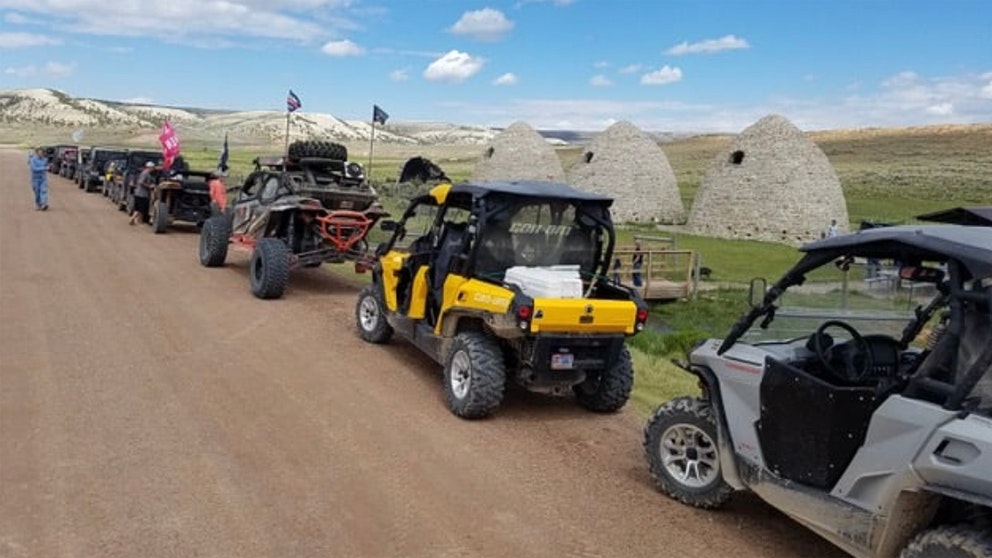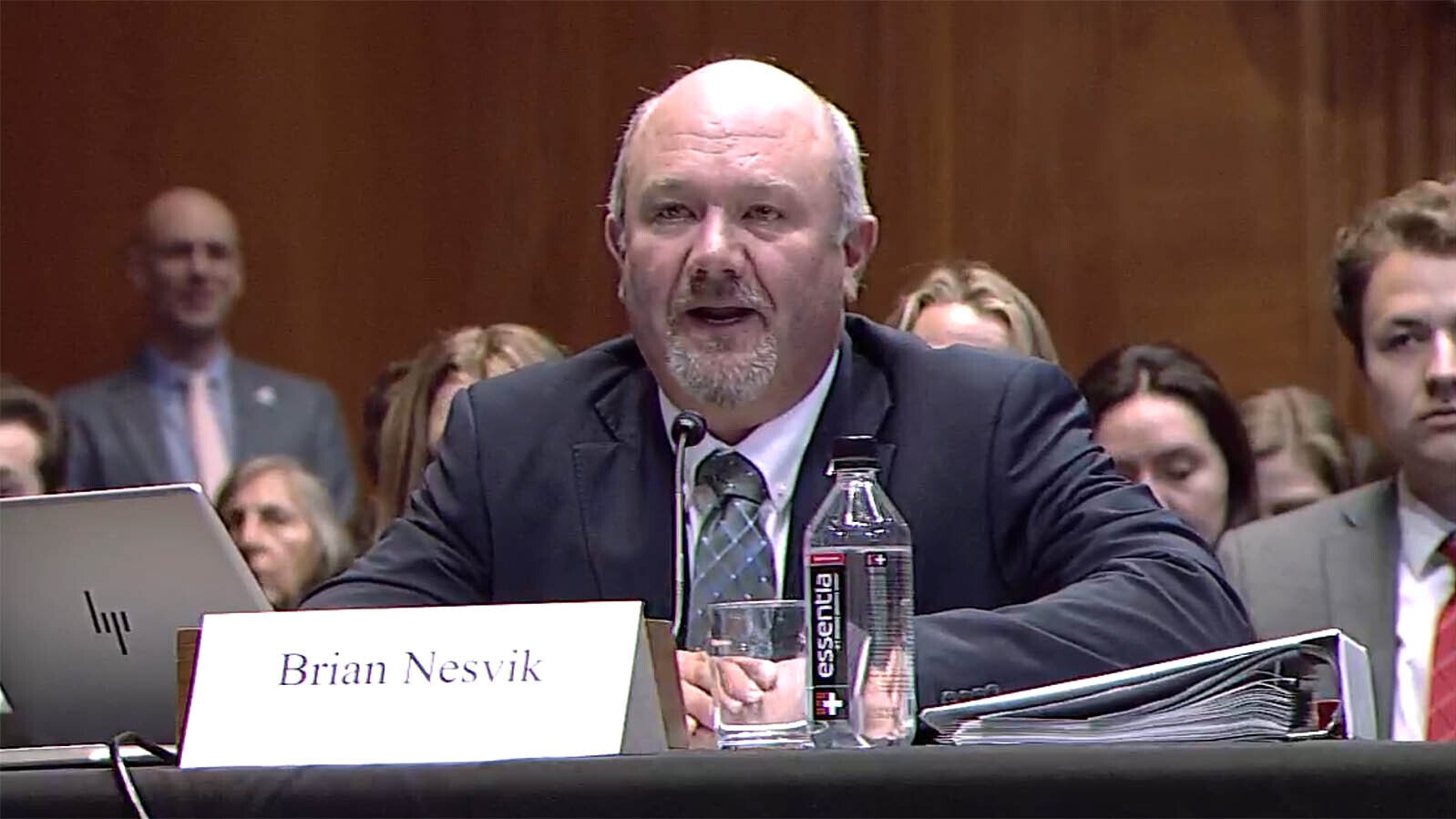Passage for off-road vehicles (ORVs) underneath Interstate 80 near Evanston is one of the last key links in a system that could attract trail riders in droves from Utah and elsewhere, significantly boosting the area’s economy, proponents said.
A draft bill to make the necessary changes to Wyoming’s right of way statutes was passed Thursday by a joint legislative committee. The Transportation, Highways and Military Affairs Committee voted to forward the bill for consideration for the full Legislature during its 2023 session.
Committee member Rep. Clarence Styvar, R-Cheyenne, voted against the measure. He expressed misgivings about drawing crowds of ORV riders and drivers to southwest Wyoming. He recalled that during a recent elk hunt, for which he hiked in, his chances were ruined by people on ATVs riding where they shouldn’t have been.
“We’re going to have people not following the rules,” he said. “They see an open field and off they go.”
The ORV community is good at self-policing and wouldn’t tolerate too many shenanigans, said proponent Mark Tesoro, president of the Southwest Wyoming Off-Road Trails group (SWOT).
Safety Is First Concern
Current right of way rules for highways in Wyoming don’t allow for ORV crossings, so the bill aims to allow for ATVs, side-by-sides and similar vehicles to use designated overpass or underpass crossings. It would not apply to snowmobiles or e-bikes (electric-powered bicycles), committee members said.
The bill would call for proper fencing and other barriers to minimize the risk to ORV riders and motorists on the interstate, Luke Reiner, director of the Wyoming Department of Transportation, told the committee.
“The right of way is our responsibility,” he said. “Whatever is in the right of way or not in there is our task. And if it’s not safe, we can’t allow it.”
The bill would apply anywhere in the state. However, the proposed ORV crossing and about 3 miles of adjacent trial near Evanston is the only spot under immediate consideration.
A Huge Network
SWOT has been working for nearly two years to establish a network of adjoining trails, county roads and special right of way routes on town streets. Such a network would link southwest Wyoming to trail systems in Utah, Tesoro said.
The interstate crossing would be a vital link in that network, he said. It could allow ORV drivers and riders to tour that entire region of Wyoming, including state parks, historical sites and several communities in the area. That’s sure to boost local economies, he said.
A similar link-up of ORV trail networks in Wyoming and Idaho has proved fruitful for the economy in towns such as Afton, Wyoming Senate President Dan Dockstader, R-Afton told the committee via Zoom.
Who Pays?
The Wyoming State Parks, Historic Sties and Trails Department doesn’t have the money to fund the proposed crossing and adjoining trail, said the agency’s deputy director, Dave Glenn.
The project could cost about $3 million, he said.
SWOT, as a nonprofit, can apply for grants to help fund it, Tesoro said. The group also could provide volunteer labor to help maintain and mark the trail, as well as pick up garbage along the route.
SWOT could also partner with local law enforcement agencies throughout the trail network to help make sure ORV drivers stay on designated routes and don’t litter, he said.
The Uinta County Sheriff’s Office recently bought a side-by-side ORV with the intent of using it as a patrol vehicle on the trail network, he said.





